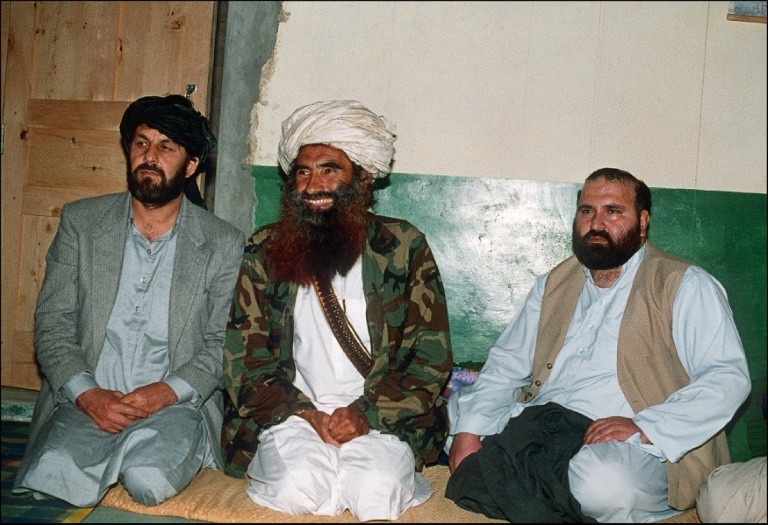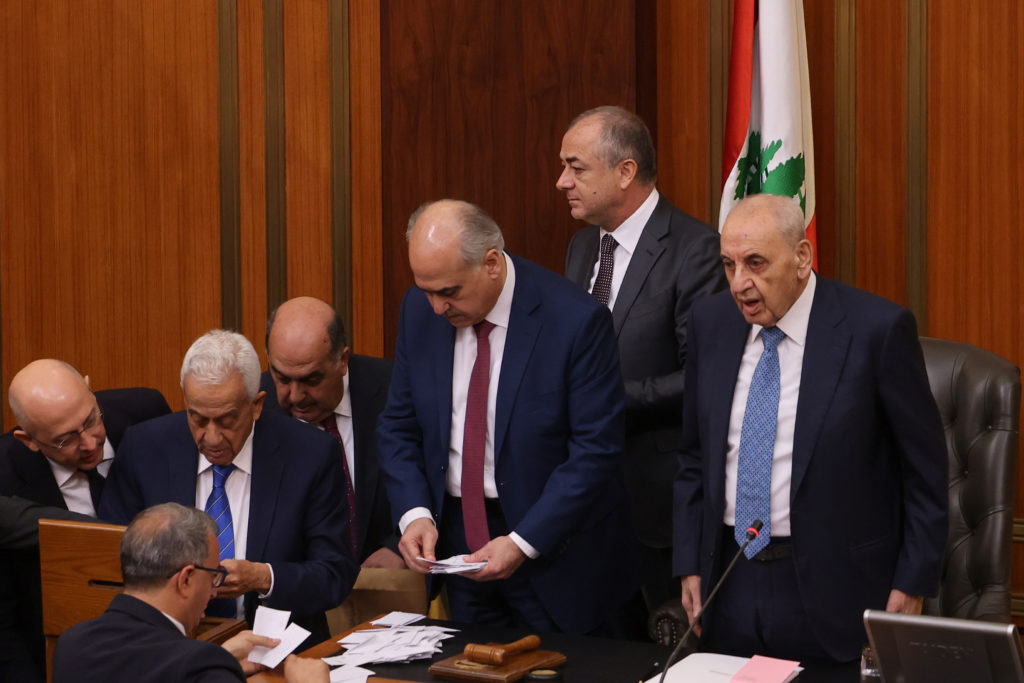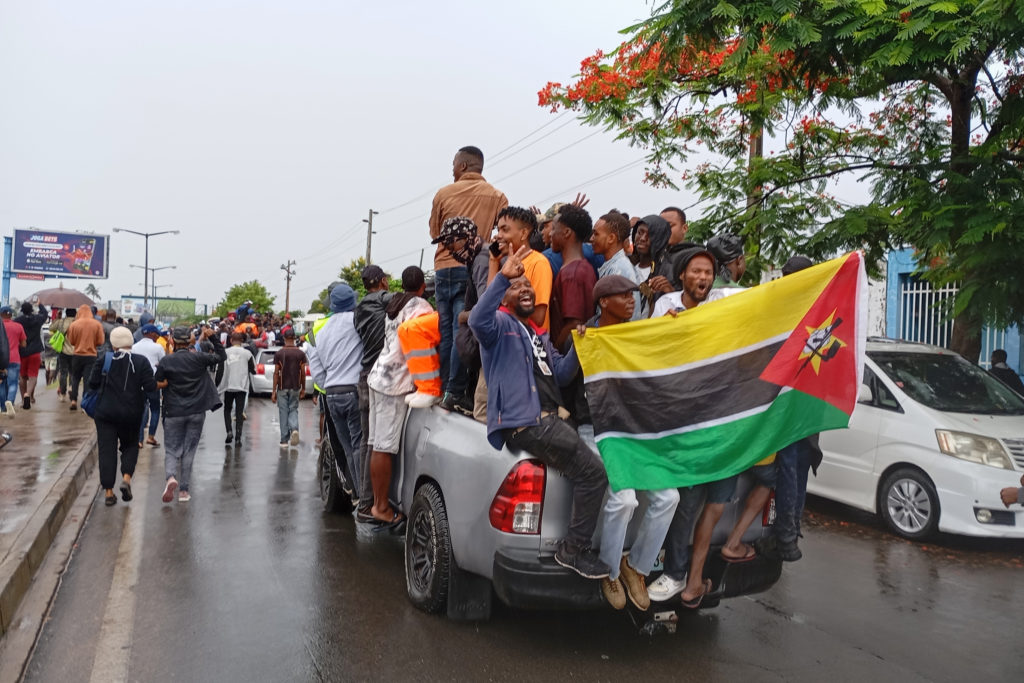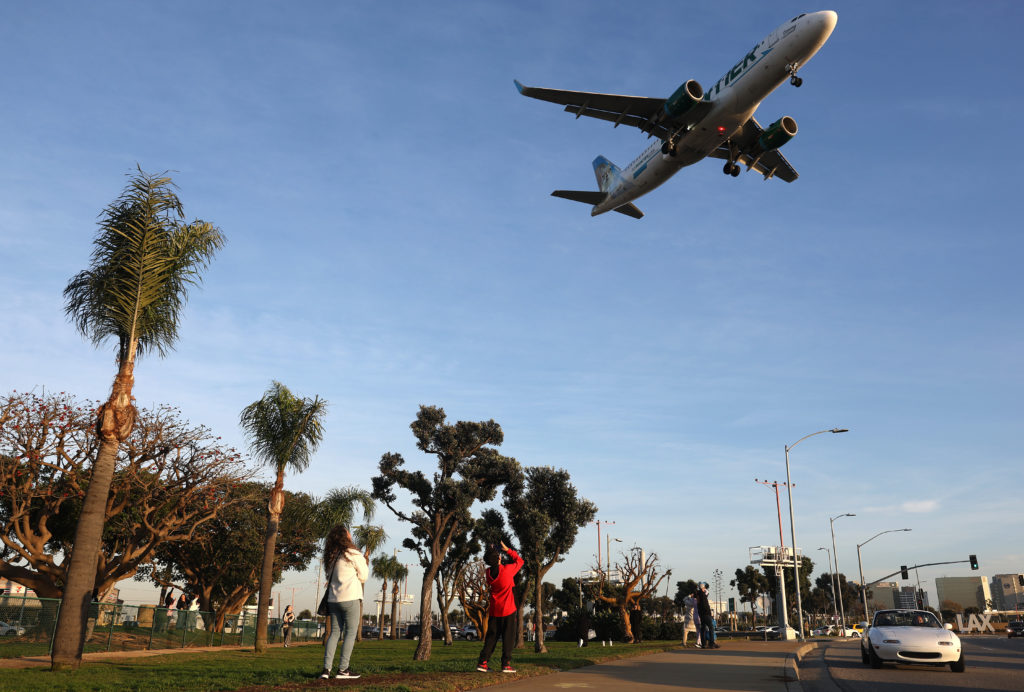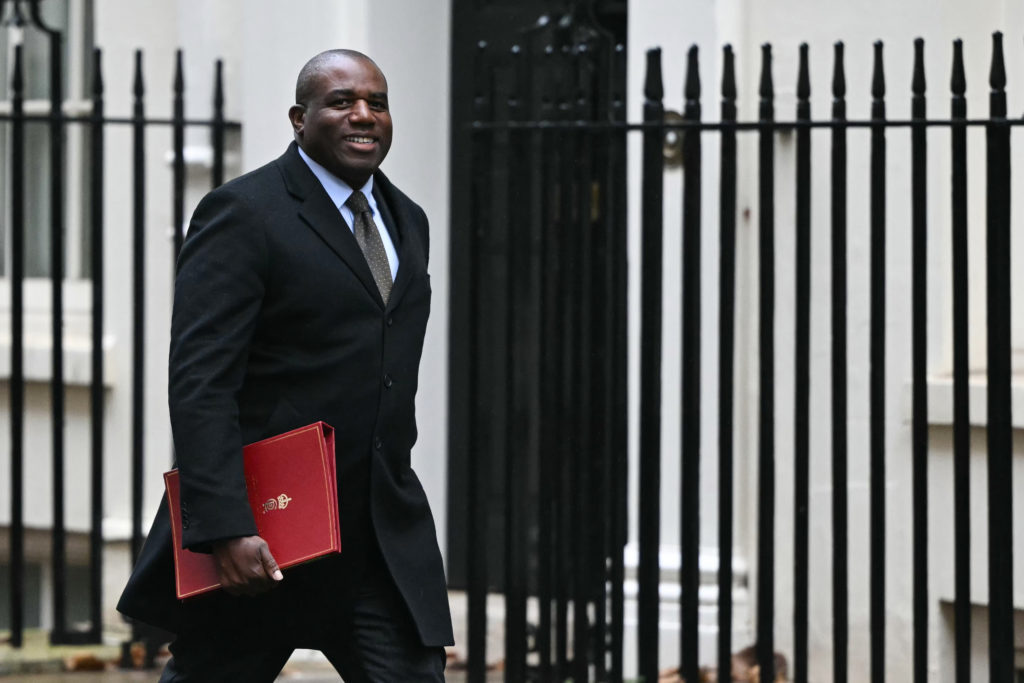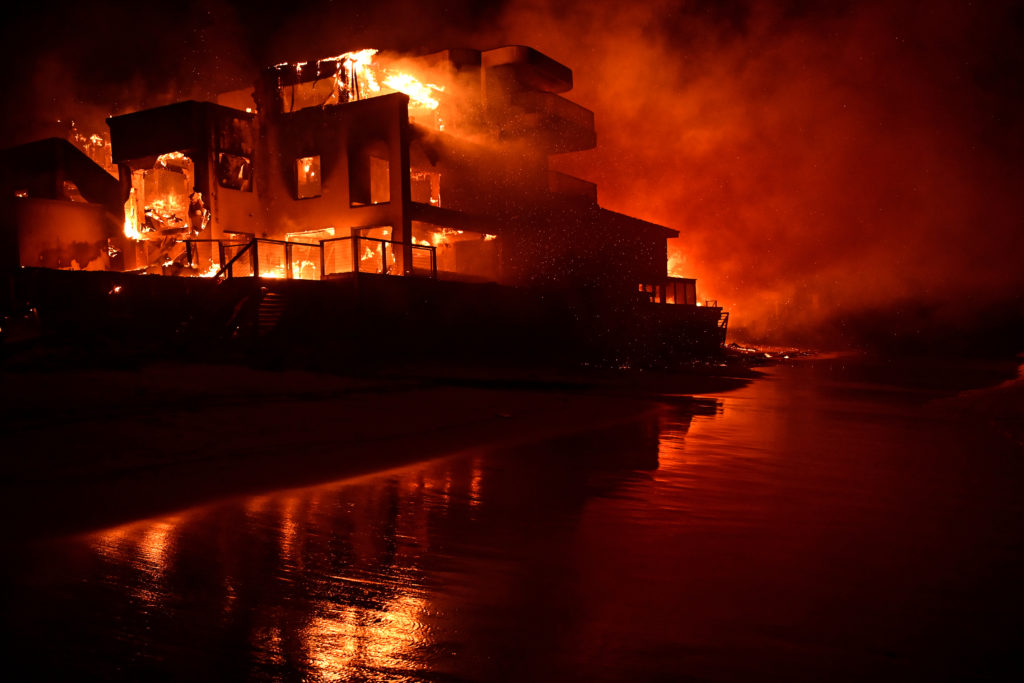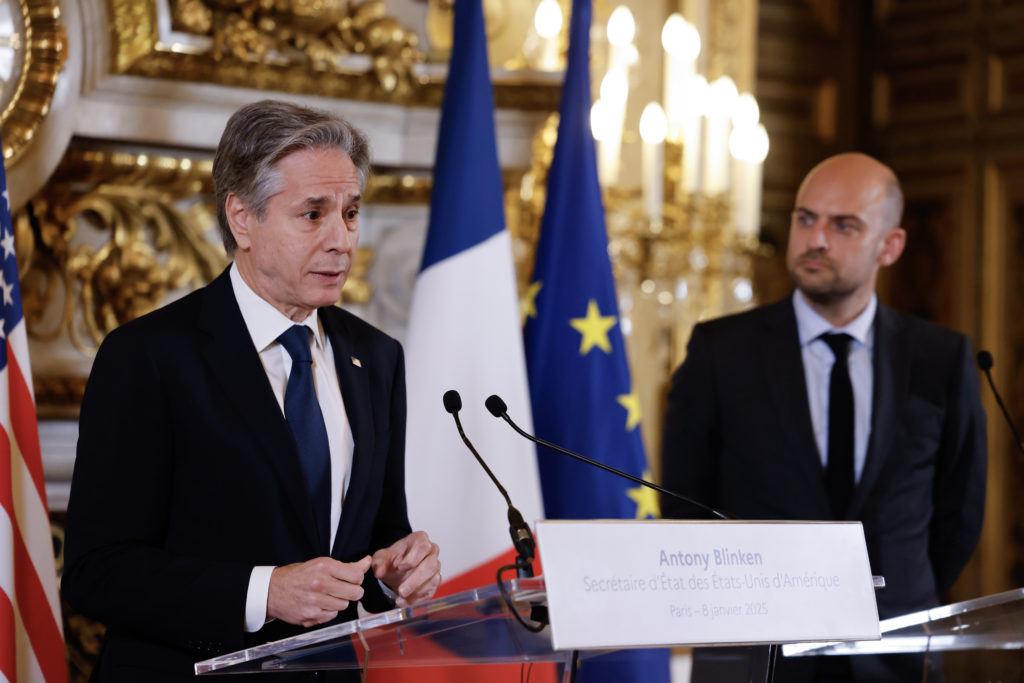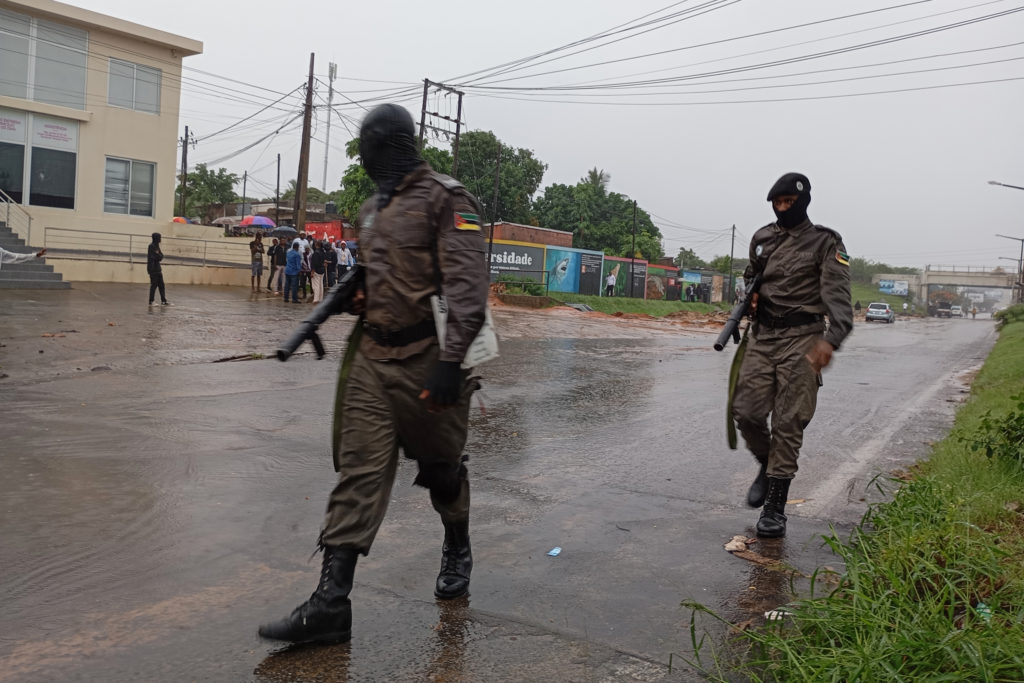The Taliban’s interim government in Afghanistan includes two representatives from one of their most feared factions — the Haqqani network.
As expected, they have emerged as key players in the new setup, after the Taliban routed the US-backed Afghan military and captured Kabul on August 15.
– Who are the Haqqanis? –
The shadowy group was formed by Jalaluddin Haqqani, who gained prominence in the 1980s as a hero of the anti-Soviet jihad.
At the time, he was a valuable CIA asset as the United States and its allies such as Pakistan funnelled arms and money to the mujahideen.
During that conflict and following the Soviet withdrawal, Jalaluddin Haqqani fostered close ties with foreign jihadists — including Osama bin Laden.
He later allied with the Taliban who took over Afghanistan in 1996, serving as a minister for the Islamist regime until it was toppled by US-led forces in 2001.
Jalaluddin Haqqani died after a long illness and his son Sirajuddin formally became the network’s chief in 2018.
Thanks to their financial and military strength — and a reputation for ruthlessness — the Haqqani network is considered semi-autonomous while remaining within the Taliban fold.
Mainly based in eastern Afghanistan — with alleged bases across the border in Pakistan’s northwest — the group became more visible in the Taliban leadership in recent years, and Sirajuddin Haqqani was appointed deputy leader in 2015.
– Why are they so widely feared? –
The Haqqani network is blamed for some of the deadliest and most shocking attacks in Afghanistan during the last two decades.
They have been designated a foreign terrorist group by the United States, and are also under United Nations sanctions.
The Haqqanis have a reputation for frequently using suicide bombers — including drivers of cars and trucks packed with huge amounts of explosives — and have demonstrated the ability to carry out complex, high-casualty assaults on major targets including military installations and embassies.
They have also long been suspected of links with the Pakistani military establishment — US Admiral Mike Mullen described them as a “veritable arm” of Islamabad’s intelligence in 2011. Pakistan denies the allegation.
The Haqqanis have also hugely contributed to the Taliban’s fighting ranks, and are the group’s “most combat-ready forces”, UN monitors said in a June report.
The monitors also described the network as the “primary liaison” between the Taliban and Al-Qaeda.
– What have they got in the new Taliban government? –
Sirajuddin Haqqani has been given one of the highest-profile ministries — interior. The post would give him control over Afghanistan’s entire internal security apparatus.
This is a major role change, following years of violent attacks by his group.
As interior minister, Sirajuddin will have to deal with the threat of the regional chapter of the Islamic State group, myriad challenges posed by Afghanistan’s deep ethnic divides, as well as crime.
His uncle Khalil Haqqani has been given the refugees ministry.
Sirajuddin and Khalil are both still listed as wanted by the United States, with millions of dollars in bounties on offer.

